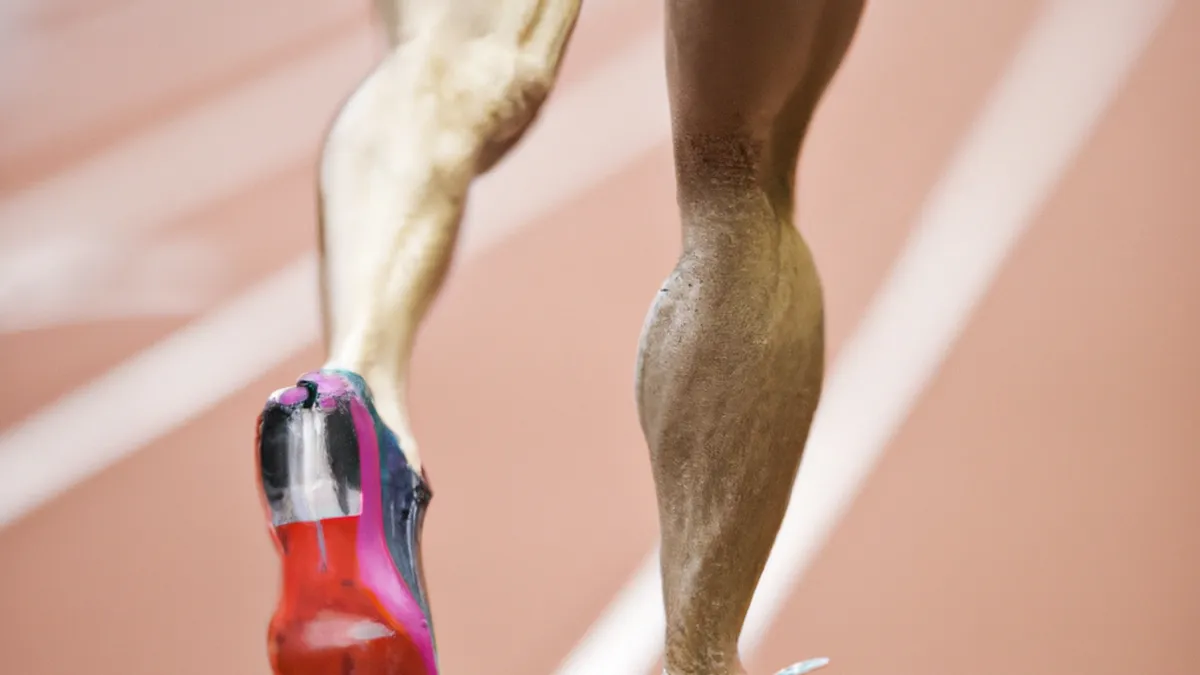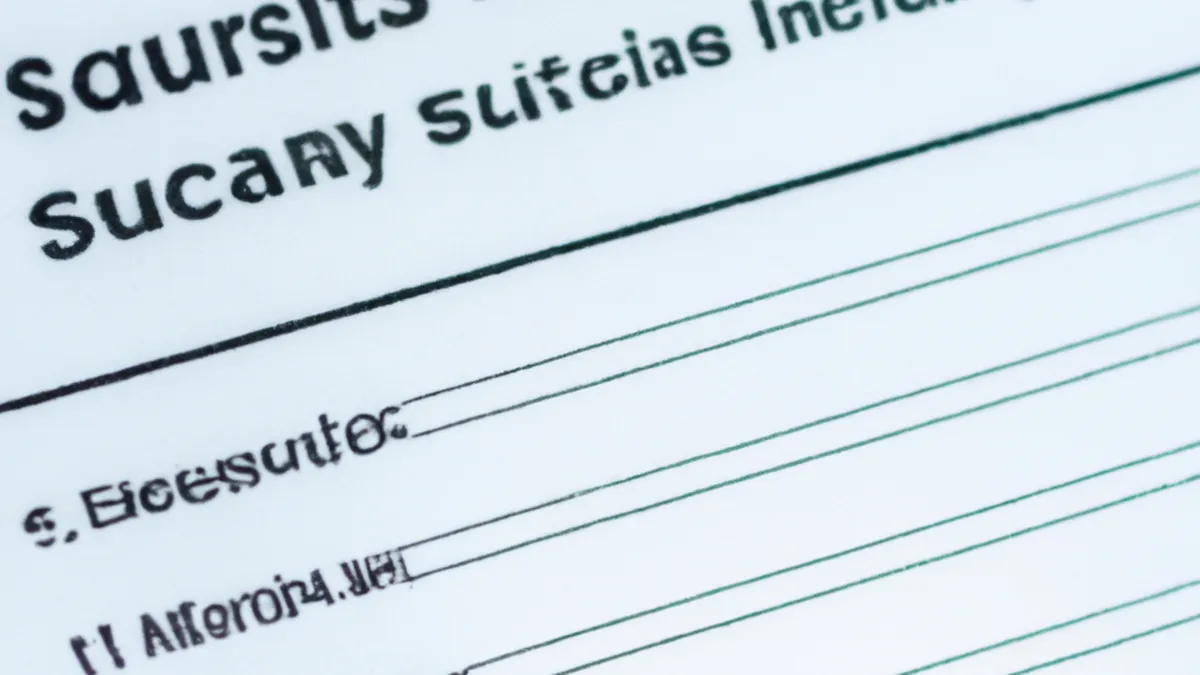Resistance Training for Injury Recovery
Post-Injury Rehabilitation Frameworks: A Guide to RecoveryInjuries disrupt physical activity and daily life. Whether you are an elite athlete or a weekend warrior, recovery can feel daunting. A structured rehabilitation framework enhances the recovery process significantly. This blog outlines effective strategies, tips, and benefits of post-injury rehabilitation.
Understanding Rehabilitation Frameworks
Rehabilitation frameworks guide individuals through recovery after an injury. They focus on restoring function, alleviating pain, and preventing future injuries. Each framework typically consists of three stages: assessment, treatment, and progression. Understanding these stages helps you navigate your recovery journey effectively.
The Assessment Stage
The first step in rehabilitation is assessment. This phase evaluates the injury’s severity and its impact on your physical capabilities. A healthcare professional uses physical examinations, imaging tests, and functional assessments for evaluation.During assessment, the provider gathers crucial information about the injury’s location, type, and underlying causes. This information helps create a tailored rehabilitation plan. Transitioning from assessment to treatment identifies specific limitations and establishes realistic recovery goals.
The Treatment Stage
After assessment, you move to the treatment stage. This phase may involve therapies addressing your specific needs. Common treatment options include physical therapy, occupational therapy, massage therapy, and pain management techniques.- **Physical Therapy**: This focuses on regaining strength, flexibility, and mobility. Physical therapists use exercises, stretches, and manual techniques to promote healing.- **Occupational Therapy**: This therapy helps you return to daily activities affected by the injury. Occupational therapists assess your capabilities and provide strategies for safe task adaptation.- **Pain Management**: Techniques such as ice, heat, electrical stimulation, and medication manage pain effectively. Addressing pain allows you to engage in rehabilitation exercises comfortably.The treatment stage addresses both physical and psychological aspects of recovery. Your healthcare professional monitors your progress and adjusts your treatment plan as necessary.
The Progression Stage
After treatment, you transition to the progression stage. This phase gradually increases the intensity and complexity of your activities. Monitor your progress closely to avoid pushing yourself too hard too soon.During the progression stage, your healthcare provider guides you through exercises designed to challenge your body while minimizing risks.
Conclusion
As an Amazon Associate I earn from qualifying purchases.
Gear tip: consider multisport smartwatch, cadence sensor, and bar speed tracker to support this topic.
In summary, understanding and following a structured rehabilitation framework enhances your recovery journey. Embrace each stage for effective healing and improved function.
Below are related products based on this post:
FAQ
What is the purpose of rehabilitation frameworks?
Rehabilitation frameworks guide individuals through recovery after an injury by focusing on restoring function, alleviating pain, and preventing future injuries. They typically consist of three stages: assessment, treatment, and progression, helping individuals navigate their recovery journey effectively.
What happens during the assessment stage?
The assessment stage evaluates the injury’s severity and its impact on physical capabilities. A healthcare professional uses physical examinations, imaging tests, and functional assessments to gather crucial information, which helps create a tailored rehabilitation plan.
What types of therapies are included in the treatment stage?
The treatment stage may involve various therapies, including physical therapy, occupational therapy, and pain management techniques. Each therapy addresses specific needs, focusing on regaining strength, adapting daily activities, and managing pain to facilitate recovery.















Post Comment